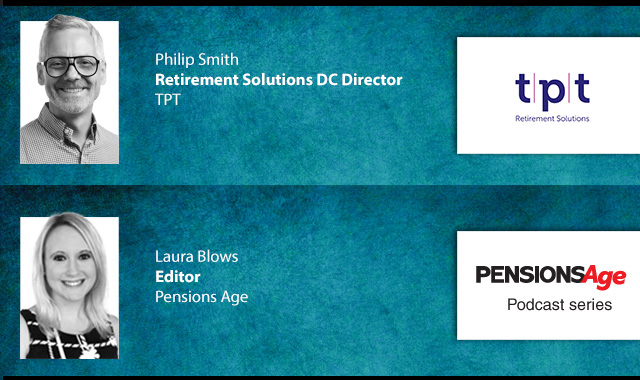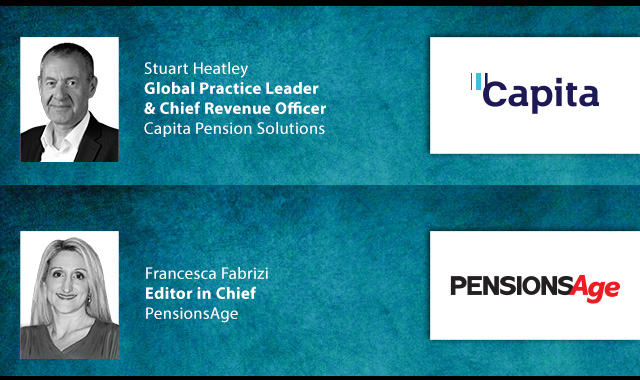The Chancellor’s decision to raise the earnings threshold for the tapered annual allowance means higher earners will no longer be forced into risky investments, according to Citimark Partnership.
Citimark pointed out that prior to the Budget, those earning more than £210,000 per year would only be able to put £10,000 into their pension and would therefore be more likely to consider alternative tax subsidised investment that carries a higher risk.
In the Spring Budget, Chancellor Rishi Sunak boosted the earnings threshold for the tapered annual allowance, which limited tax-free pension contributions to £10,000 for some higher earners, from £110,000 to £200,000.
The majority of lobbying for the change was driven by the problem of high earning NHS staff cutting their overtime hours, though the changes apply to all higher earners from the public and private sectors.
Citimark Partnership CEO, Mark Incledon, said: “Higher earners will be delighted with this easing of this earnings cap and give those affected the opportunity once again to fund sensible pension contributions, commensurate with their earnings.
“Not everyone funds for their retirement soon enough and the £10,000 cap made it virtually impossible to build sufficient value in their fund to provide them with an enjoyable retirement.”
Incledon stated that with the previous limit, “many higher earners felt they had no alternative but to consider higher-risk investments with tax subsidies to support their underfunded pensions”, adding that the changes would be “welcomed” by those seeking to avoid additional risk.
“However, those earning £300,000 will feel hard done by as they will only be able to fund at £4,000 per annum. For them, making use of tax efficient options, such as VCTs and EIS, will still be very important,” concluded Incledon.
Latest News
-
Looking back: Top 20 most read stories of 2025
-
‘Growing minority’ of pension savers turning to newer digital channels
-
Border to Coast deploys more than £1bn across private markets programme
-
Looking back: The Pensions Age 2025 DEI focus
-
This week in pensions: 15-23 December
-
Looking back: 2025 - The year of the big pension overhaul
Private markets – a growing presence within UK DC
Laura Blows discusses the role of private market investment within DC schemes with Aviva Director of Investments, Maiyuresh Rajah
The DB pension landscape
Pensions Age speaks to BlackRock managing director and head of its DB relationship management team, Andrew Reid, about the DB pensions landscape
Podcast: From pension pot to flexible income for life

Podcast: Who matters most in pensions?

In the latest Pensions Age podcast, Francesca Fabrizi speaks to Capita Pension Solutions global practice leader & chief revenue officer, Stuart Heatley, about who matters most in pensions and how to best meet their needs
© 2019 Perspective Publishing Privacy & Cookies










Recent Stories